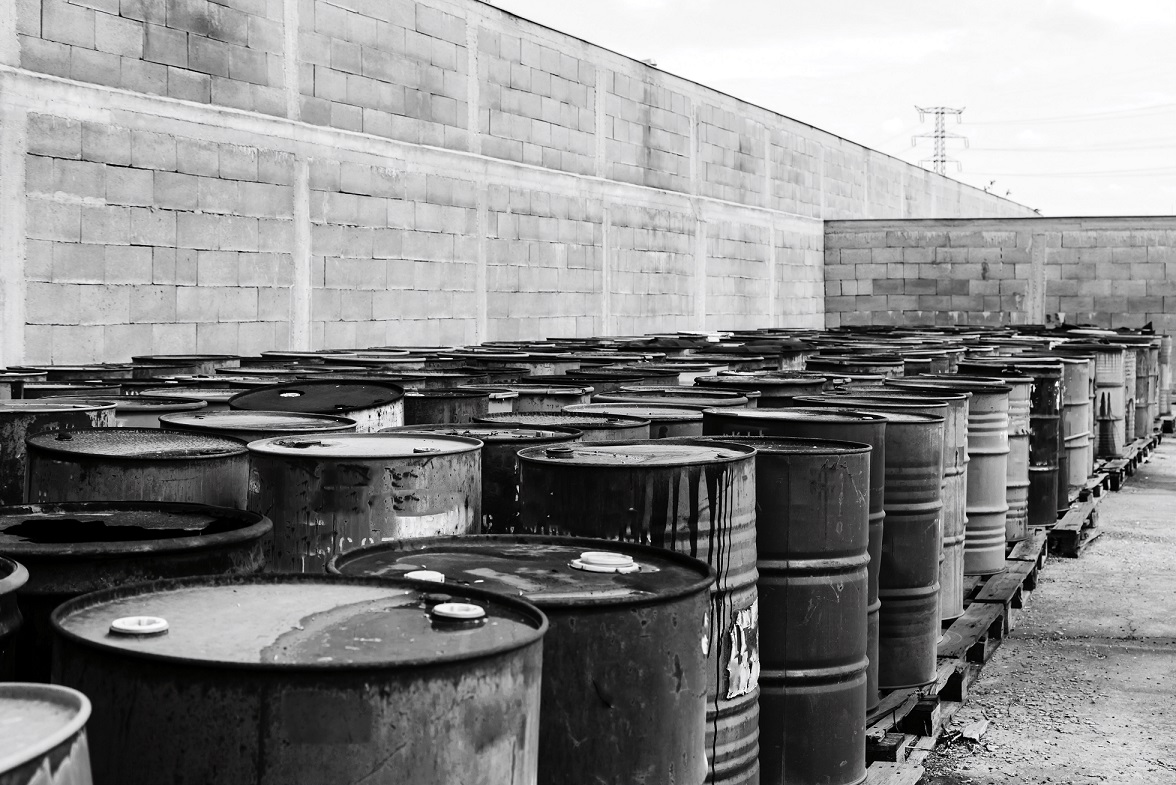With the Hazardous Waste Generator Improvements Rule, EPA provided relief for so-called “episodic hazardous waste generation” events – occasions when a facility that is usually a small quantity generator (SQG) or a very small quantity generator (VSQG, formerly conditionally exempt small quantity generator) of hazardous waste generates more than its monthly limits, potentially elevating the facility into a higher generator category.
Now that the rule change has passed and been adopted by many states (including Florida, Georgia and Alabama), your facility may be able to maintain its normal generator status in the event of a one-time exceedance of your monthly threshold (i.e., 100 kilograms or 220 pounds per month for VSQGs, 1,000 kilos per month for SQGs with more limited thresholds for listed, “acute” hazardous waste). The Hazardous Waste Generator Improvements Rule established criteria (at 40 CFR 262, Subpart L) for episodic generation of hazardous waste that allow you to continue to comply with the rules applicable to your usual generator status.
Here are 5 key things to keep in mind when dealing with an episodic hazardous waste generation event.
Continue reading “5 Things to Know About Episodic Hazardous Waste Generation”


